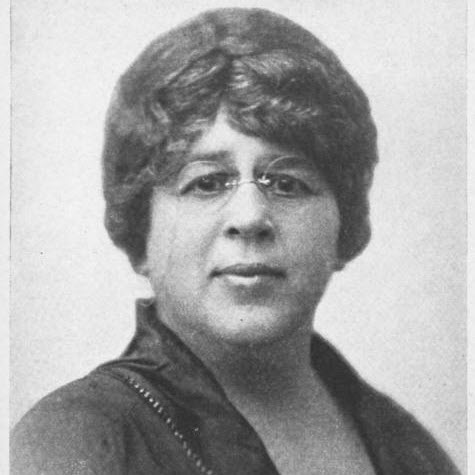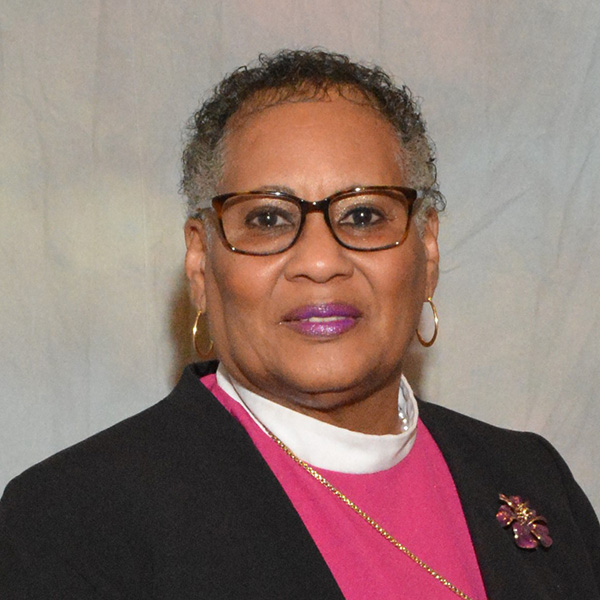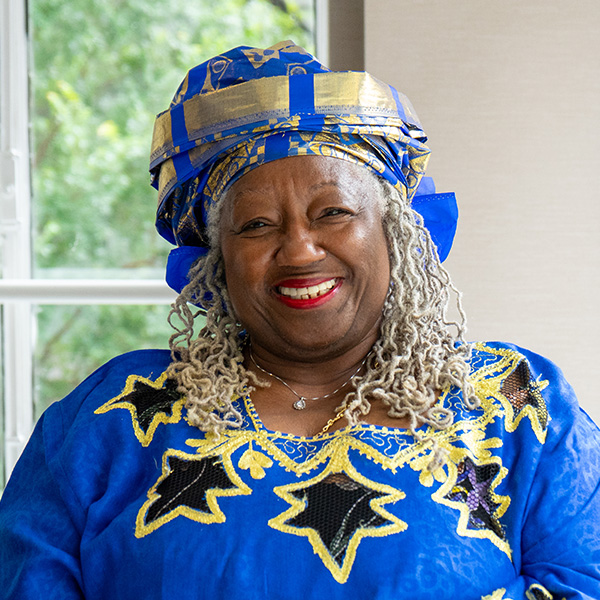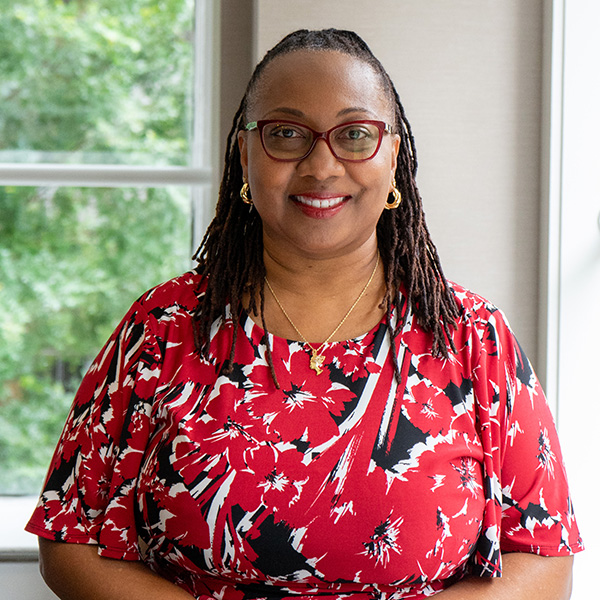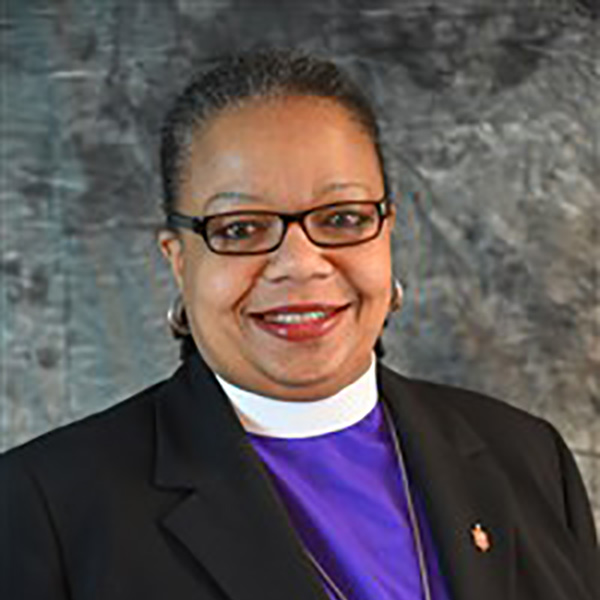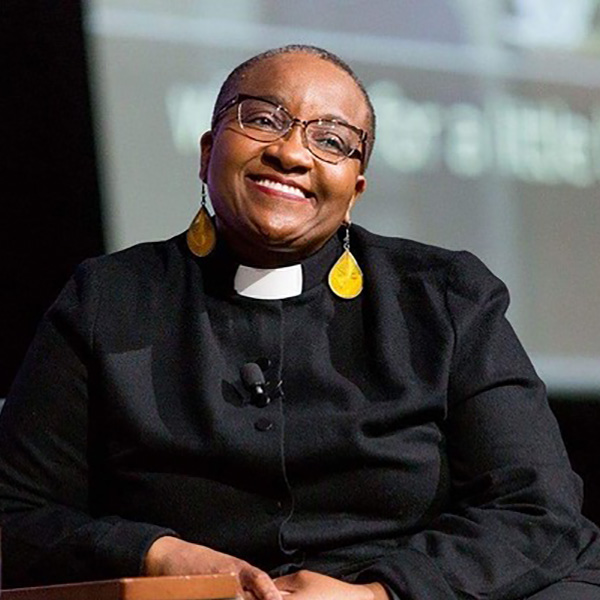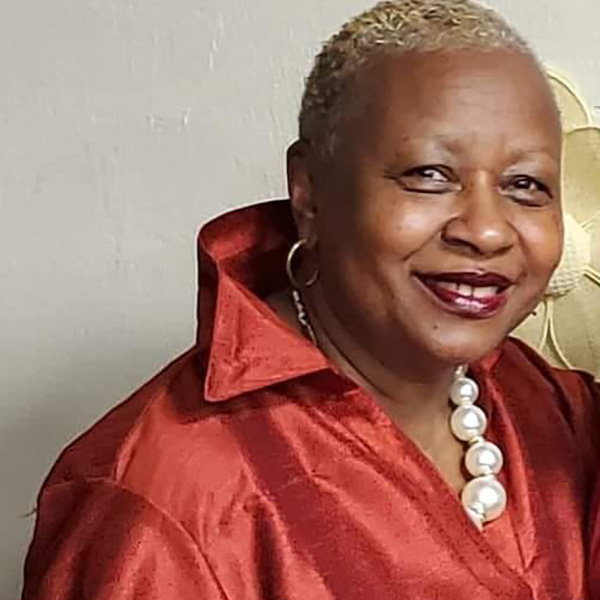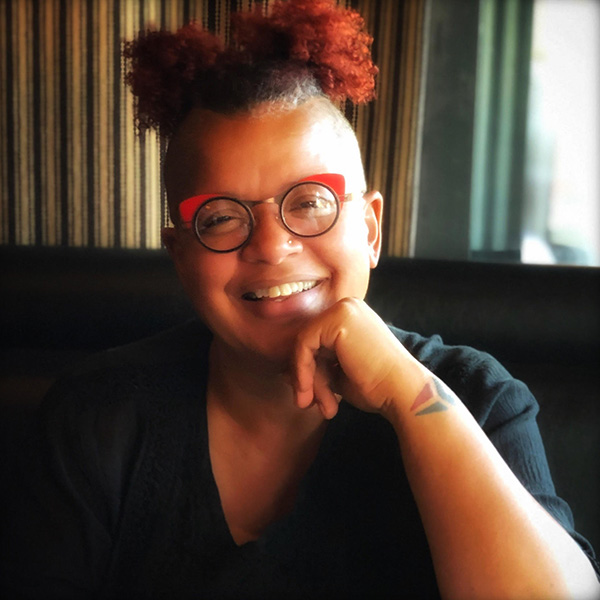Biography
Early Life
Janie Porter Barrett founded the Virginia Industrial School for Colored Girls in 1915. She was born on August 9, 1865 in Macon, Georgia, and was raised by her mother, Julia Porter.
In the 1880s, she became a student at Hampton Normal and Agricultural Institute (now Hampton University) where she earned her teaching credentials in 1884. She taught at rural schools in Georgia, the Haines Normal and Industrial Institute, and Hampton’s night school. Then she married fellow schoolmate Harris Barrett in 1889.
The couple settled in Hampton, Virginia, and raised four children together.
Barrett stopped teaching once she married and became a mother. But she remained active in the community as an organizer and activist.
Civil Organizing
In 1902, she and her husband built a multi-purpose community center in their own yard. They called it the Locust Street Settlement, which was a central meeting space for clubs and local events. The Settlement expanded to include kindergarten and vocational classes.
In 1907, Barrett was elected as the first president of the Virginia State Federation of Colored Women’s Clubs. Her education and philanthropic background positioned Barrett as an effective leader. She was able to mobilize African American women across the state to provide social welfare services to Black communities.
When reflecting on the club “Women’s Work” in The Hampton Bulletin, she wrote, “When the clubs in a community, when the churches, when the homes, when the schools of a community begin to pull together, we are going to see improvement as we have not seen it before.” She believed that “The truest test of the value of a school, a church, or a club, in a community, is shown by the work it is doing for those around it.”
Educational Leadership
Her most notable achievement was the founding of the Industrial Home School for Wayward Colored Girls. It was later renamed the Virginia Industrial School for Colored Girls.
She founded the reformatory as a safe haven for black girls who were subject to jail or prison. African American women banded together with Barrett to create the school as an alternative to the incarceration of young girls who were subjected to the legal system in the Jim Crow South.
It was the first correctional reform institution for Black girls that was supported by the state of Virginia. As the school’s Superintendent from 1915 to 1940, Barrett used Christian values and norms to regulate the girls’ behavior and their morality.
Barrett also served as the Chairperson of the Executive Board for the National Association of Colored Women throughout the 1920s. She retired in 1940 but remained active in local and national club activities.
Two years after Barrett’s death in 1948, the school was renamed the Janie Porter Barrett School for girls and remained operational until the 1970s. Janie Porter Barrett’s spirit of service and dedication to Black youth was driven by her faith.
